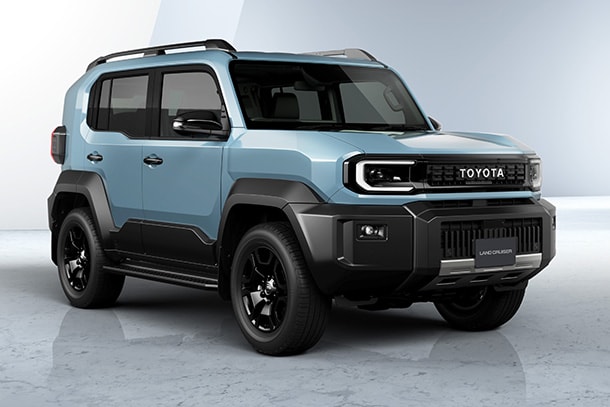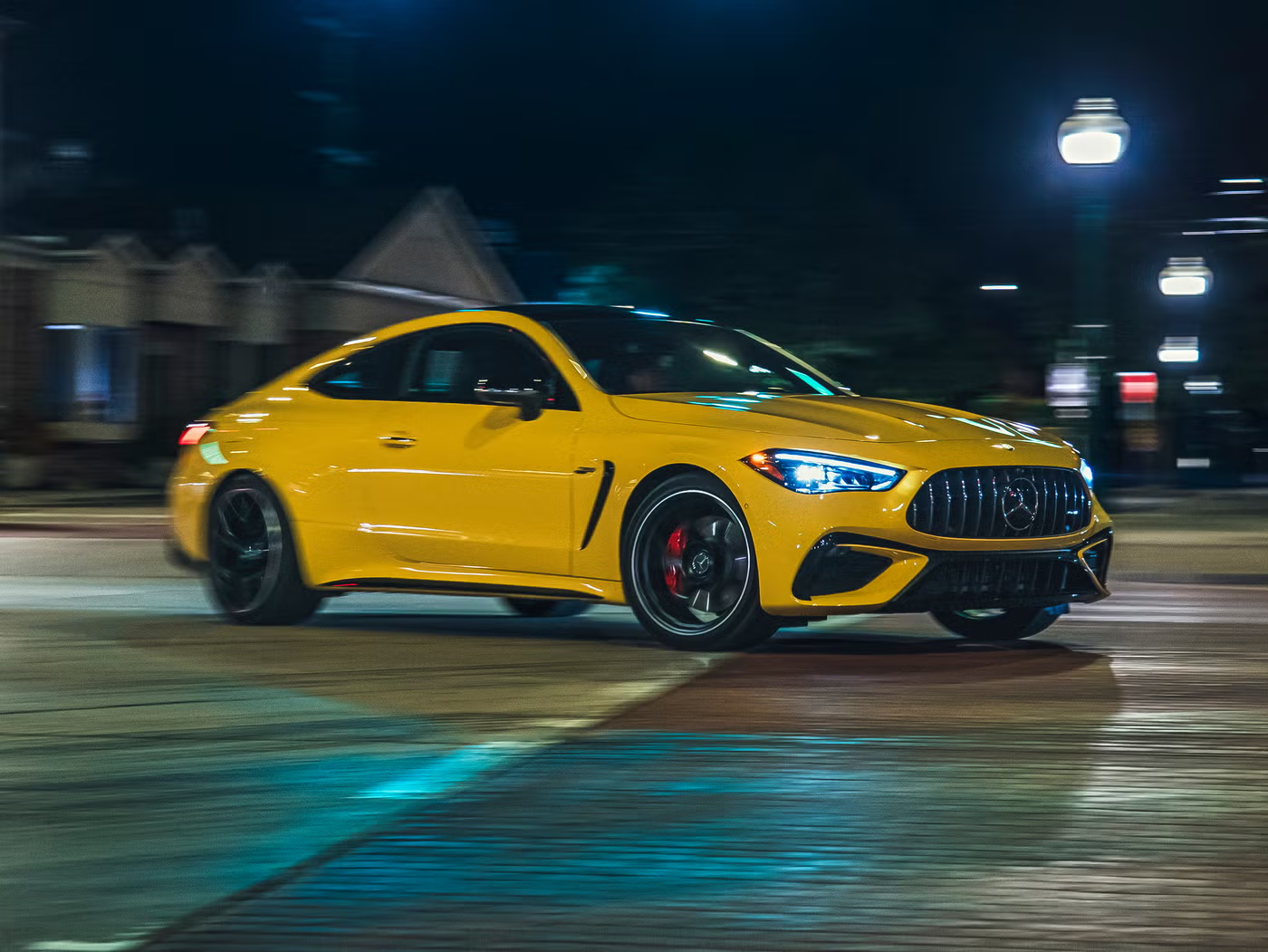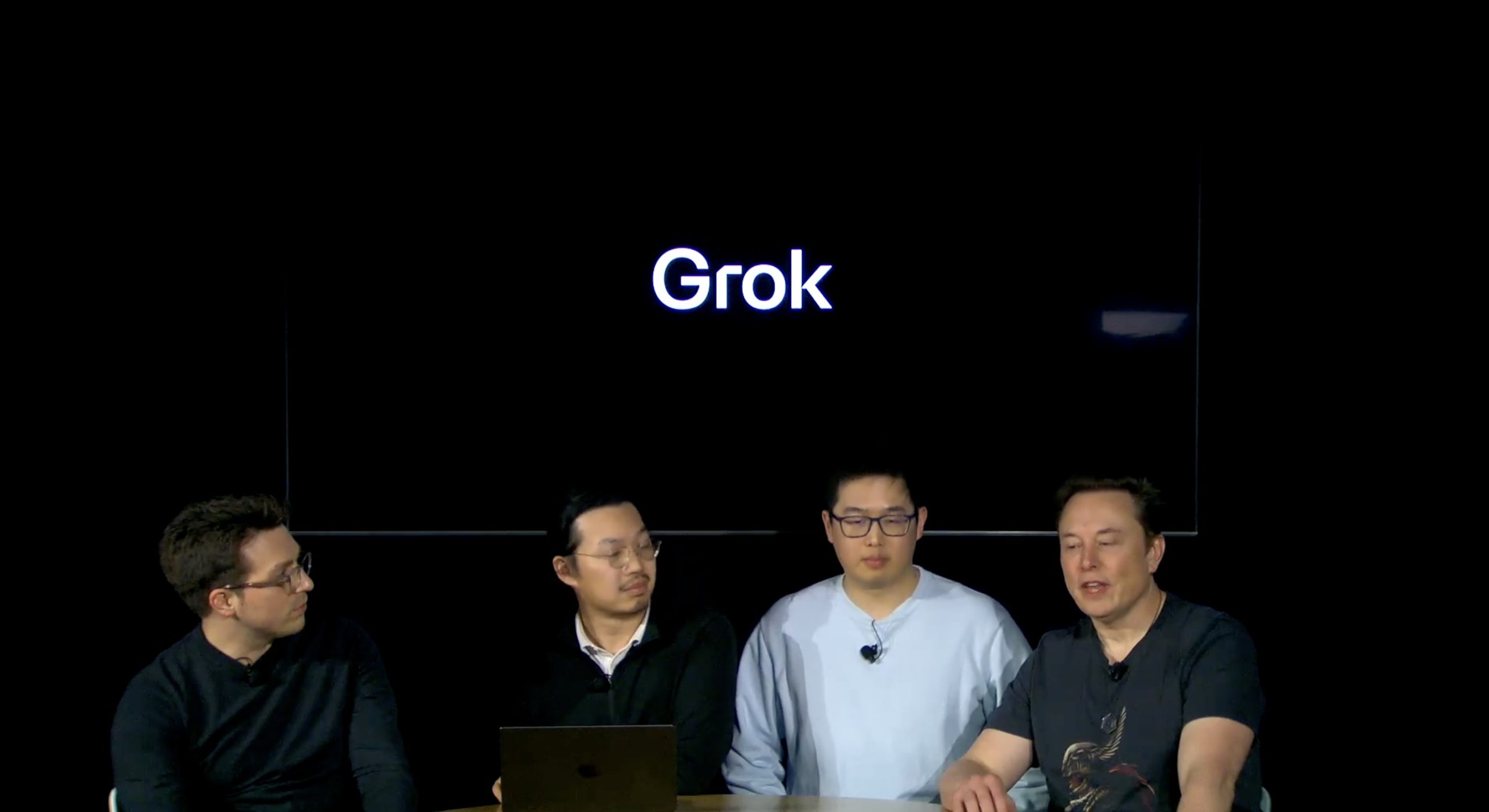Toyota Unveils the Baby Land Cruiser, but It's Not Coming to America
Reports on manufacturing, labor and earnings with clear, practical context. Drives a Tesla Model 3 RWD; family hauler is a Volvo XC60.
Toyota has introduced a charming addition to its lineup with the new Land Cruiser FJ, a compact SUV that embodies the rugged spirit of its larger namesake yet is unlikely to grace American roads. This move taps into a growing trend for retro-styled, compact off-road vehicles, appealing to a niche market with its nostalgic yet modern design.
The freshly revealed Toyota Land Cruiser FJ echoes the aesthetics of the classic FJ Cruiser but in a more compact and playful form. Designed on the same platform as Toyota's globally popular Hilux pickup, this new model channels the robustness and off-road capability of its predecessors. Measuring 180.1 inches in length and 77.2 inches in width, it stands as a miniature powerhouse, barely larger than a Corolla Cross but promising substantial performance.
Despite its diminutive stature, the FJ boasts a 2.7-liter inline-four engine capable of delivering 161 horsepower and 181 pound-feet of torque. Its off-road prowess is further supported by a six-speed automatic transmission and part-time four-wheel drive, ensuring it can handle rugged terrains. The vehicle's design includes practical features like removable bumper covers, which enhance its durability during adventurous excursions.
The Land Cruiser FJ's appeal lies not just in its technical specifications but also in its nostalgic design. It captures the essence of the beloved FJ Cruiser, fondly remembered for its unique styling and capable performance. This new iteration, however, adds a touch of whimsy, making it a fitting companion for those seeking both nostalgia and functionality in a compact package.
Toyota's decision to omit North American and European markets from its sales plan for the FJ reflects a strategic focus on regions where smaller SUVs are more in demand. This move leaves a gap for enthusiasts in the United States who are drawn to the idea of a manageable yet robust off-roader reminiscent of the Suzuki Samurai or the Jimny, which has found success in markets like Mexico.
While the Land Cruiser FJ is not slated to hit American shores, Toyota continues to cater to the North American market with its lineup of larger SUVs and pickups, including the Tacoma and the iconic Land Cruiser. These models are built on the TNGA platform, offering a more extensive array of features suitable for diverse terrains and consumer needs. Despite this, the allure of the small, agile SUV remains, highlighted by the enduring popularity of vehicles that offer both off-road capability and urban practicality.
The absence of the FJ in the U.S. lineup may stir some disappointment among fans of compact SUVs, but it also underscores Toyota's broader strategy to diversify its offerings globally. By targeting specific markets with tailored models, Toyota aims to meet varied consumer demands while maintaining its reputation for reliability and innovation.
As Toyota continues to innovate, the introduction of the Land Cruiser FJ represents a significant step in the evolution of off-road vehicles. It highlights a shift towards compact designs that do not compromise on performance or style. This trend is reflective of a broader industry movement where automakers are increasingly looking to balance traditional ruggedness with modern practicality and aesthetic appeal.
For the North American market, the focus remains on enhancing the existing product range to offer more versatile and technologically advanced options that appeal to a wide spectrum of consumers. While the FJ may not be part of this strategy, it serves as a reminder of the brand's rich heritage and its commitment to pushing the boundaries of automotive design and performance.
About Priya Nair
Reports on manufacturing, labor and earnings with clear, practical context. Drives a Tesla Model 3 RWD; family hauler is a Volvo XC60.



